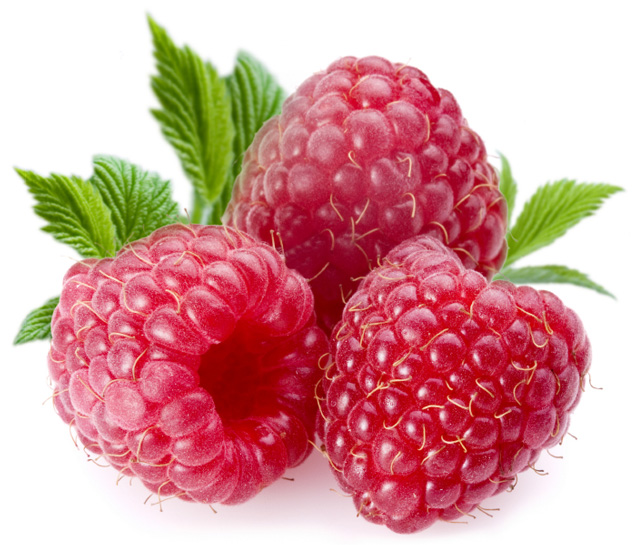The name "brown adipose tissue" comes from the look of this tissue under a microscope. It's brown, and it's adipose tissue. Sometimes science can be straight-forward. The brown color is from extra mitochondria, which are the organelles within the cell that make energy (in the form of ATP) for your body. In order to do this, the mitochondria keep an electrical gradient across its inner membrane by separating the negatively charged electrons from the positively charged protons (in the form of hydrogen atoms). The electrons then are transported through a series of proteins collectively called the electron transport chain (again, straight-forward), until the end of the chain. At this point the positive hydrogen atoms are allowed to flow back through the membrane, releasing energy that is refashioned into ATP molecules by the enzyme ATP synthase (See the picture below for the cartoon rendition of the ETC). These molecules are then passed on to every cell in the body, keeping us alive. So you can imagine that if this simple flow of hydrogen atoms down the energy gradient holds enough energy to keep each cell going, it also must be able to release that energy as heat. This is where we get back into brown adipose tissue and non-shivering thermogenesis. There is a protein called Uncoupling Protein (UCP) that is highly expressed in brown adipose. UCP will basically give the hydrogen atoms another channel to travel through the mitochondrial membrane down the energy gradient. This time instead of using that energy to make ATP it is released as heat, thereby raising the body temperature. This switch-over from ATP production to heat production causes the body to want to make more ATP, so the energy stores in your body that are the starting substrates of the reaction start to get used up.
 |
| Remember the ETC? |
Those of you that are pharmacological-minded may ask why we don't just make a weight-loss drug that uncouples the electron transport chain? Well...because it's a poison. Back in the 1930's people started taking an ETC uncoupling chemical called dinitrophenol, DNP for short, to lose weight. It worked great! But, it also resulted in your mitochondria not being able to make any ATP for your cells to survive. No ATP = no energy = no you! Unfortunately it looks like there is still an illegal market for DNP and people are still taking it. This is pretty scary stuff, I don't think you want to mess with cellular respiration. Plus it seems the body does this for you to a degree if you have brown adipose tissue, which you probably do. The amount of brown adipose that you have seems to be correlated with age (the younger you are, the more you have), sex (females have more), fasting blood glucose (a lower fasting glucose is associated with more brown adipose), and BMI (the leaner you are the more non-shivering you may potentially do). Interestingly, the activity of the brown adipose seems to correlate with the mean outdoor temperature of where you live, so that the warmer the climate, the more glucose is taken up by the brown adipose and potentially used for heat production (See graphs below). This study just so happened to take place in Boston, so these subjects also get to experience the New England chill alongside me.
Yes, you read that right, those with a lower BMI actually seem to have more brown adipose. Why? Well, maybe they need more heat because they have less fat to act as insulation, or maybe it's the extra brown adipose that is letting them stay thinner in our obesogenic environment, no one really knows yet. Also something interesting to note, those with a lower BMI or % body fat also had more active brown adipose tissue, meaning the tissue is taking up more glucose out of the blood (see graph below).
Okay, so I guess I take back my previous statements, you probably can't shiver yourself thinner, or non-shiver yourself thinner, but maybe when you are thin you can non-shiver yourself warmer?
van Marken Lichtenbelt, WD. et. al. Cold Activated Brown Adipose Tissue in Healthy Men. New England Journal of Medicine (2009)
Cypess, AM. et al. Identification and Importance of Brown Adipose Tissue in Adult Humans. New England Journal of Medicine (2009)
Bartelt, A., Merkel, M. & Heeren, J. A new, powerful player in lipoprotein metabolism: brown adipose tissue. Journal of Molecular Medicine (2012)




